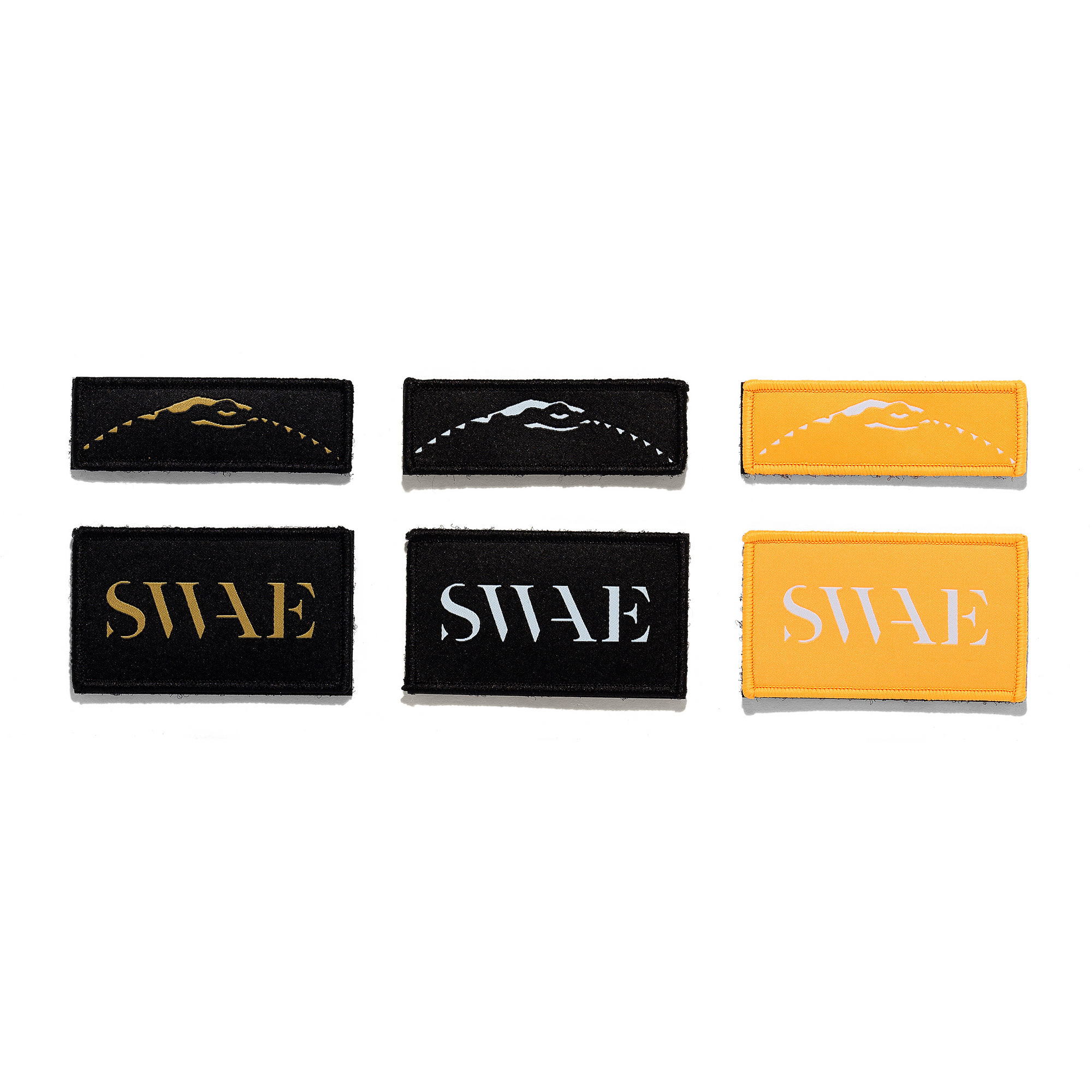Adventures
VISIONARY ENCHANTMENT
After a long winter camping along the Missouri River, Lewis, Clark, and the Corps of Discovery stood at the convergence of the Yellowstone and Missouri River. Captain Meriwether Lewis described it as a "rich, delightful land, abundant in wildlife." As they left this massive river junction, they entered modern-day Montana, an area with an unforgiving beauty. It would test their will to survive and eventually mark the end of a dream that was the Northwest passage.
Sometimes when we set out with a dream we will come up short. This failure will either defeat us or define us, but the choice is ultimately our own. As with any arduous journey, the experience of taking on the impossible will impart knowledge far more significant than had we stood still and never taken a leap into the unknown. The Expedition of Lewis and Clark embodies this paradigm. For its primary leader, Captain Meriwether Lewis, it would stand as a failure that would push him into a dark depression. Still, the knowledge gained would be instrumental in settling the west and shaping Montana as we know it today.
"As we passed on, it seemed as if those scenes of visionary enchantment would never have an end"
- Meriwether Lewis, Montana, May 1805.
Deep forests, abundant wildlife, and mountains that seemed to touch the big sky awaited the Corps as they entered the Treasure State. With their Shoshone guide, a 16-year-old woman named Sacagawea, at the helm guiding them through the uncharted lands and acting as an interpreter with any native tribes they came across, the expedition was thriving in the spring of 1805. Here the Corps would spot herds of buffalo numbering in the tens of thousands, and record their first encounter with a grizzly bear outside what is now Bozeman.
While approaching the towering Rocky Mountains was breathtaking, it signaled incredible hardship in the months ahead. For where there are towering peaks, there are mighty waterfalls. Crossing the great falls of the Missouri River required them to pull their ships from the waters and lug them up trails on either side. The currents in and around the waterfalls were too brutal to push up, meaning no respite for mile-long stretches as they battled westward.
The Missouri River would continue to snake its way into southwest Montana, forking into three rivers: the Jefferson, the Madison, and the Gallatin. The Corps decided to follow the Jefferson River as it had the most westward direction. The river soon delivered them close to a geographic symbol called "Beaverhead Rock" just outside where the city of Dillon is today. Relief set in for Sacagawea as she recognized it as a symbol of her people's homeland. The Shoshone tribe camped nearby, meaning much-needed supplies and precious information on how far the Jefferson River extended westward.
You Are the Mapmaker
After taking a few days to gather supplies and treat with the Shoshone, of which one chief was Sacagawea's brother, Lewis' realized his worst fear. No river moved west from here, only east and south. A hike up the mountains to his west would confirm he had found the Continental Divide. All rivers on one side flowed to the Gulf of Mexico and on to the Atlantic Ocean to the east, and all rivers on the other side of the mountains would flow to the west and the Pacific Ocean. The dream of the Northwest Passage had ended.
In his journal Lewis documented 227 plant and 122 animal species over the two-year journey, including iconic western symbols such as the grizzly bear and the bison. The Corps' forts along the Missouri River would establish the fur trade in the early 1810s to late 1850s. The journals of Lewis and Clark would inspire mountain men such as Kit Carson and Jeremiah Johnson to go west. Thousands of novelists and artists like C.M Russell would arrive sixty years later to canonize the obsession known as the Wild Wild West in films, novels, and art in the coming centuries. The very idea of The West, its romance and sense of adventure, so much of how the world perceives American culture, is rooted in a two-year journey by explorers bold enough to chase a dream.
The effects of the Great Expedition still exist to this day. For example, the highway system that crosses Montana, I-90, is the longest stretch of highway east to west in the United States, connecting Boston to Seattle. The United States created a pavement river to be the Northwest Passage. Its route through the Rockies follows many of the same mountain passes navigated by Lewis and Clark and their Corps of Discovery two centuries ago. Even when a dream doesn't come to fruition as envisioned, that doesn't mean the journey was a lost cause. On the contrary, we are laying the groundwork for a greater purpose by setting forth boldly where others have only dreamt of venturing.
Photo Credit: Jake Collins, Rick and Susie Graetz, Nancy Winklemann
Art Credit : Ed Vebell, Charles Fritz
All Rights Reserved














